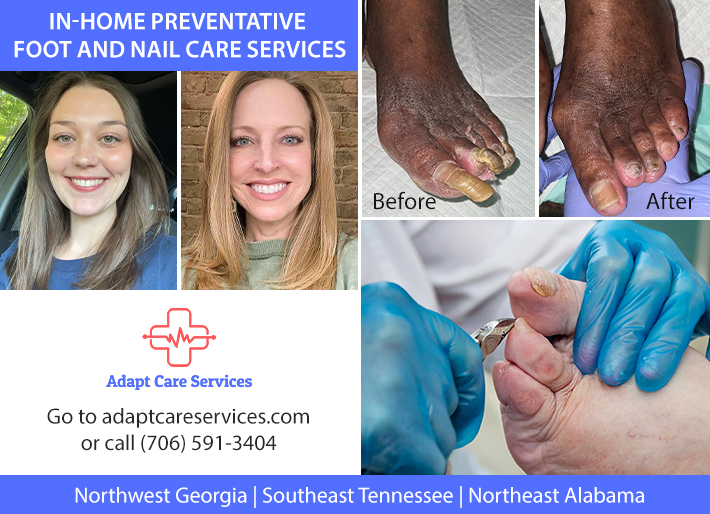
Summer is here! And you know what that means. Pool time!
But along with plenty of time in the pool also means there is an increased risk of water-related accidents. Drowning is the leading cause of death from an injury in children ages 1 to 4 years old and the third leading cause of unintentional injury death in kids and adolescents 5 to 19 years old.
“Keeping toddlers and children safe around bodies of water is an important topic because we know that drowning is a very common thing that happens in the summer to kids under the age of five,” said Dr. Bethany Jackson, AdventHealth Medical Group pediatrician.
There are many ways to ensure everyone has fun at the pool this summer while also staying safe.
Parents should take into consideration how certain colors appear in water when purchasing bathing suits for their children. They should choose high-contrast colors like red or orange, which are easiest to see in the water. In comparison, colors such as blue or green are naturally much more difficult to spot in water.
When swimming, an adult with swim skills should be within arm’s length and have constant eyes and attention on the children. This person should not be distracted by a phone, socializing, doing chores or drinking alcohol.
A specific adult should be assigned to this duty, and it should be clearly communicated. “Many times, the story you hear is someone thought someone else was watching the child,” Dr. Jackson said. It’s also always a good idea for pool owners, adults, teens and older children to learn CPR.
All pool owners should install a 4-foot fence on all sides of the pool, with a self-closing, self-latching gate, that separates the pool from the house and the rest of the yard. Pool alarms and weight-bearing pool covers can help add layers of protection but should only be used secondary to fencing.
Every pool owner also needs to always have the proper rescue equipment approved by the U.S. Coast Guard poolside.
Poolside Rescue Equipment
· Phone
· Buoys
· Life jackets
· Reach tool (shepherd’s crook)
Parents should enroll their children in swim lessons as early as they see fit. Not all children are ready to learn to swim at the same age. However, there is strong evidence that swim lessons for children as young as 1 to 4 years old will greatly reduce their risk of drowning. It should be noted swim lessons do not drown-proof a child, kids should always swim only when supervised by an adult.
“Also in the kids 15 to 18, the older kids, when they go to lakes, they are at risk for drowning as well,” Dr. Jackson said. Older children and adolescents tend to find themselves unintentionally in trouble around natural bodies of water such as rivers, lakes and oceans.
The second highest group at risk for drowning are teens ages 15 to 19. This can come from a number of contributing factors like overestimating their skills, being impulsive, partaking in risk-taking behaviors and substance or alcohol use.
To help combat such factors, always choose sites with designated swimming areas and lifeguards. Even for strong swimmers, you should take into consideration weather, tides, waves and water currents.
Everyone should also know what to do if caught in a rip current. If you find yourself in a rip current, stay calm and swim parallel to the shore to swim out of the current or tread water until safely free of the current. Never try to swim against the current. Trying to swim against a rip current can spell disaster even for strong adult swimmers.
All children and adolescents should be required to wear U.S. Coast Guard-approved life jackets whenever they are in or on a watercraft, and all adults should also model this behavior. Additionally, small children and non-swimmers should wear life jackets whenever near water or swimming.
Always be sure life jackets are approved by the U.S. Coast Guard, not all life jackets meet safety requirements. Floaties or other air-filled swimming aids should also not be used in place of life jackets. These items can deflate and are not designed to keep swimmers safe.
Pools aren’t the only water trouble source in the home. Parents should also be on the lookout for any water hazards around the home, most often found in the bathroom.
Children ages 0-4 years old have the highest rates of drowning, with infants and toddlers 12 to 36 months are at the highest risk for drowning. Infants most often drown in bathtubs, while toddlers and preschool-aged children most commonly drown in swimming pools.
Water Hazards Around the Home for Young Children
· Bathtubs, pools, spas, wading pools, buckets or any open standing water
· Bath seats can tip over or children may slip out and drown in only a few inches of water
· Toilet locks can be helpful in preventing toilet drownings
Never leave children unattended or in the care of another child in the bathroom or around standing water. A supervising adult should always be present.
Water is a great source of fun, but you have to respect it and learn proper water safety so you and your children can enjoy fun in the water for many years to come.














